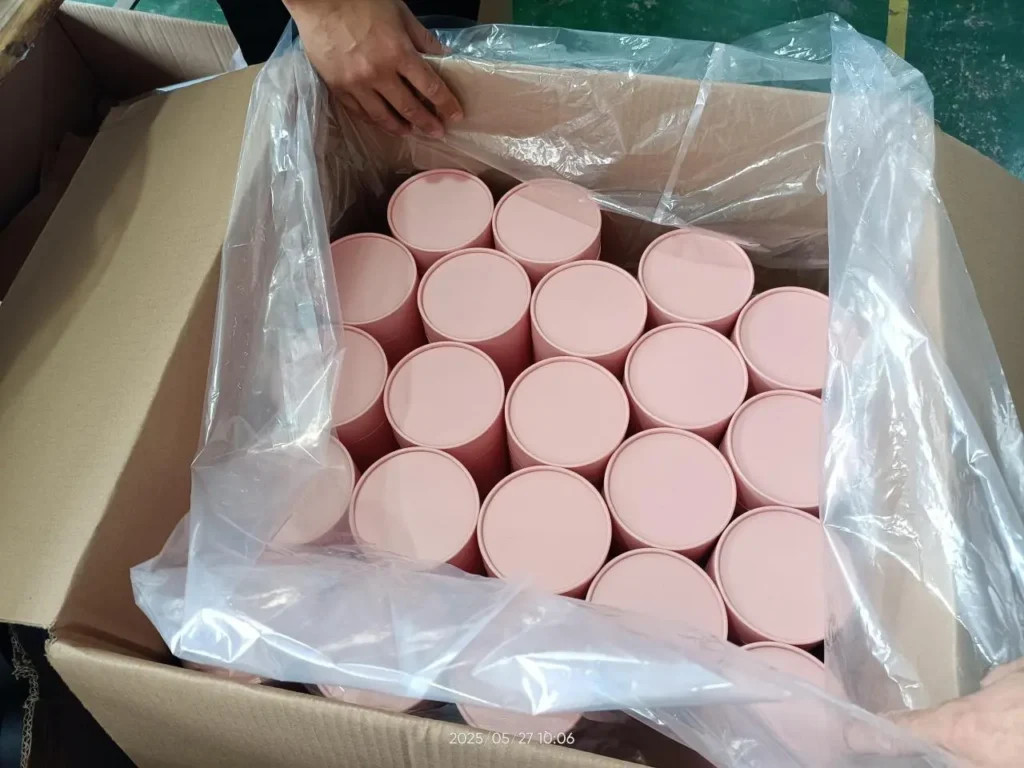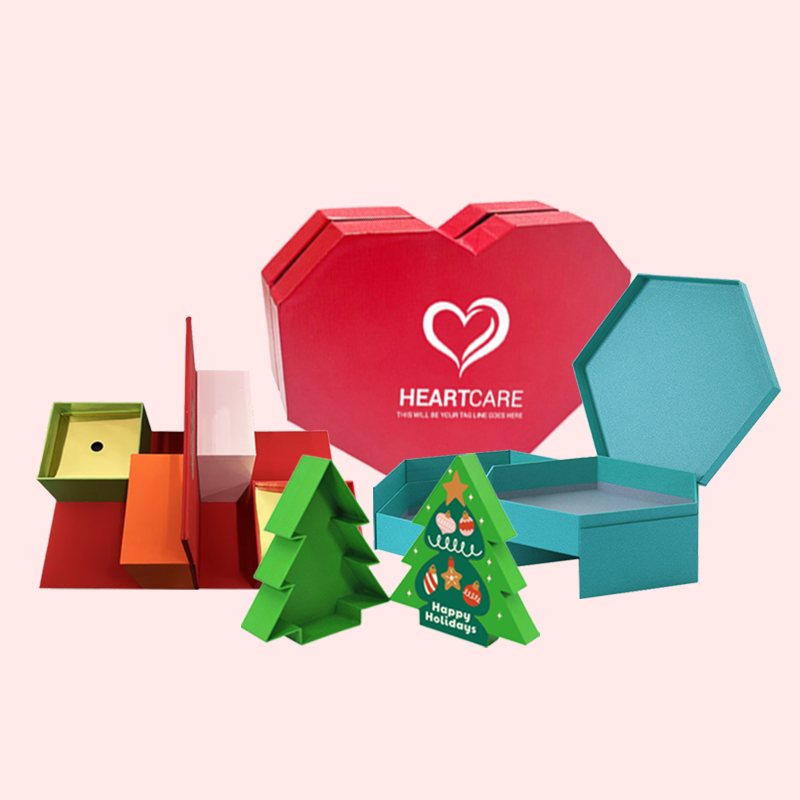You've perfected the design, but what if the final box doesn't feel right? Committing to a large order without seeing it first is a huge risk. This uncertainty can be stressful.
Yes, you absolutely can and should order samples of custom rigid boxes before committing to a full production run. Reputable suppliers offer various sample types to help you verify the design, materials, and overall quality, ensuring the final product meets your exact expectations before mass production begins.
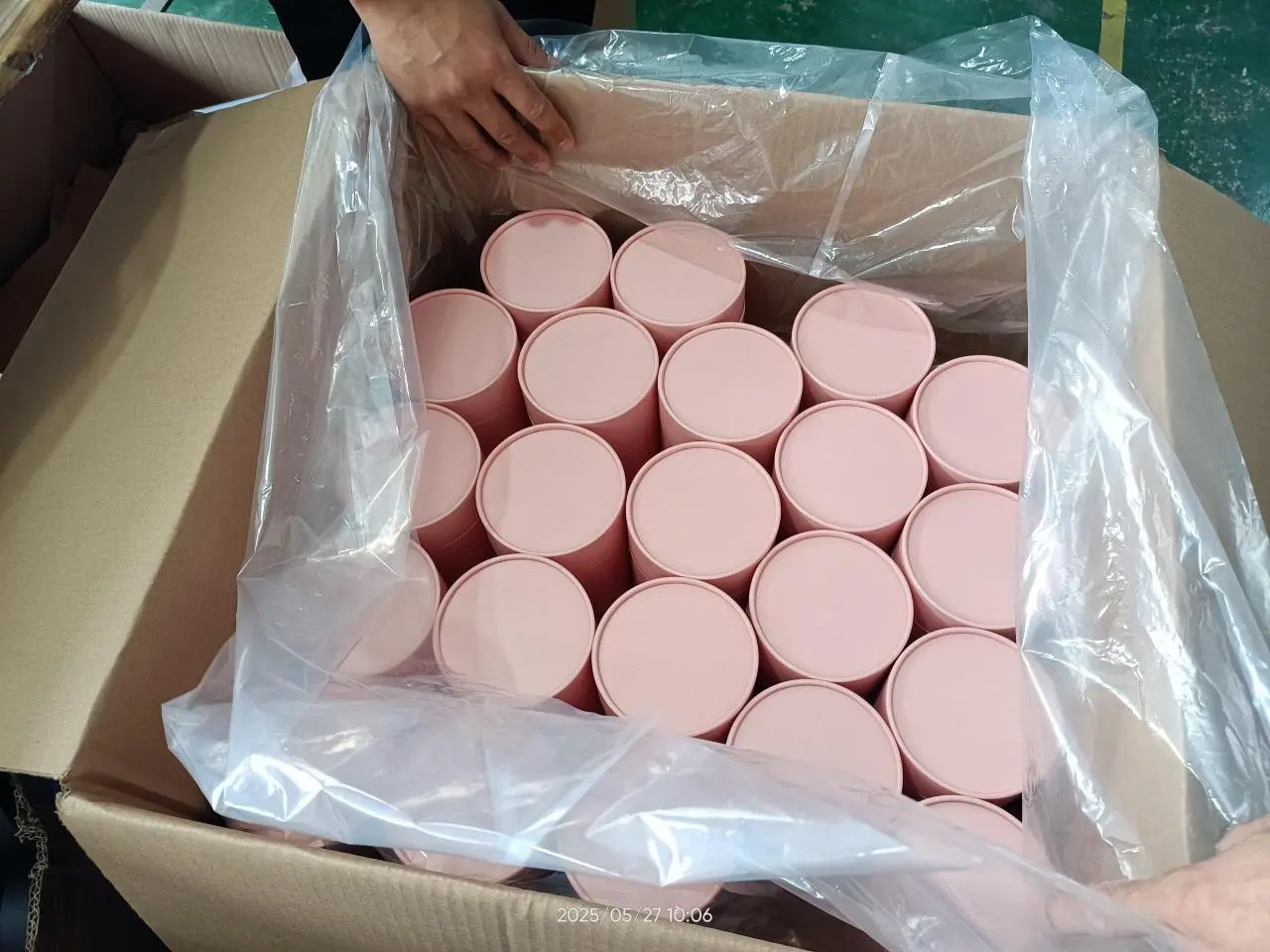
Seeing a sample is one thing, but knowing what kind of sample to order is the real key to success. For a designer, a sample is more than just a box; it's the final check on your creative vision and a critical tool to prevent costly errors. Let's break down the different options available to you, so you can make an informed decision and move your project forward with confidence.
What Types of Samples Can You Get?
You know you need a sample, but the term can mean many things. Ordering the wrong type can fail to test what you're worried about. Understanding the different options ensures you get exactly the feedback you need.
You can typically order three main types: plain structural samples, digitally printed samples, and fully finished production samples. Each serves a different purpose, from checking the physical fit and structure to approving the final colors, textures, and finishes before you place your bulk order.
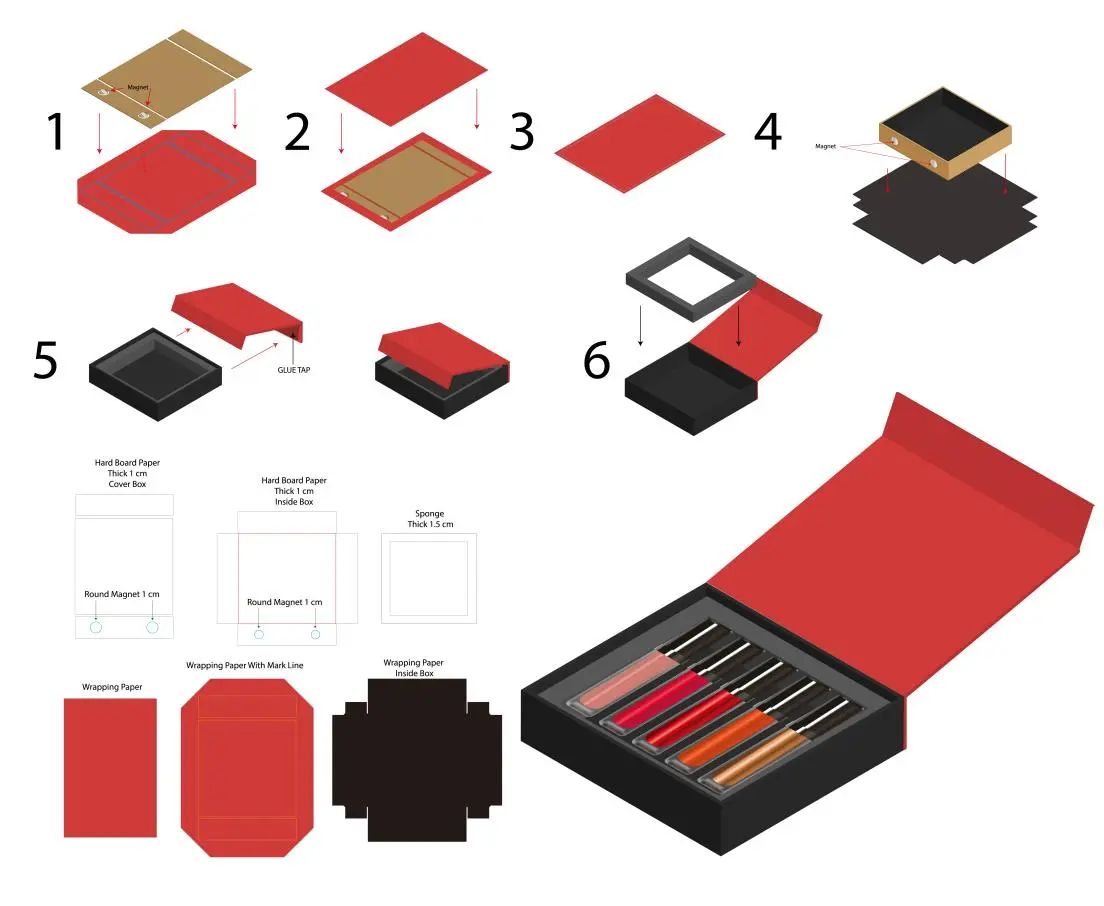
Choosing the right sample at the right time is crucial for efficiency. In my 16 years of experience, I've seen how a strategic sampling process can save both time and money. For instance, you don't need a fully printed sample just to check if your product fits. Let's explore each type.
Structural (White) Samples
This is a plain, unprinted version of your box. It is made with the exact material and structure you specified. Its purpose is to check the physical aspects of the design. You can test the size, the strength of the material, and how your product fits inside. This is your chance to make sure the user experience of opening and closing the box is perfect.
Digitally Printed Samples
This sample type includes your graphic design printed on the box. It uses digital printing, which is faster and cheaper for a single unit than traditional offset printing. It’s perfect for checking artwork placement, color vibrancy, and overall visual appeal. However, the colors might be slightly different from a final production run, and it may not include special finishes like embossing or foil stamping.
Production-Grade Samples
This is the "golden sample." It is produced using the exact same materials, printing methods (like offset), and finishing processes (lamination, foil, etc.) as your full order. It is the most accurate representation of your final product. I always recommend this for final sign-off, especially for large orders or complex designs.
| Sample Type | Purpose | Best For |
|---|---|---|
| Structural Sample | Verifying size, structure, and material feel. | Early-stage design validation and fit testing. |
| Digital Sample | Checking print colors and artwork placement. | Mid-stage design for visual approval. |
| Production Sample | Final pre-production check of everything. | Final approval before committing to a mass order. |
How Much Do Samples Cost and How Long Do They Take?
You need a sample, but you're worried about the impact on your budget and timeline. Delays and unexpected costs can hurt a project, especially when you are working under pressure from a client.
Sample costs range from under $100 for a simple structural sample to several hundred dollars for a full production-grade version. Timelines can vary from a few days to a few weeks, depending on the sample's complexity, the chosen finishes, and your supplier's current capacity.
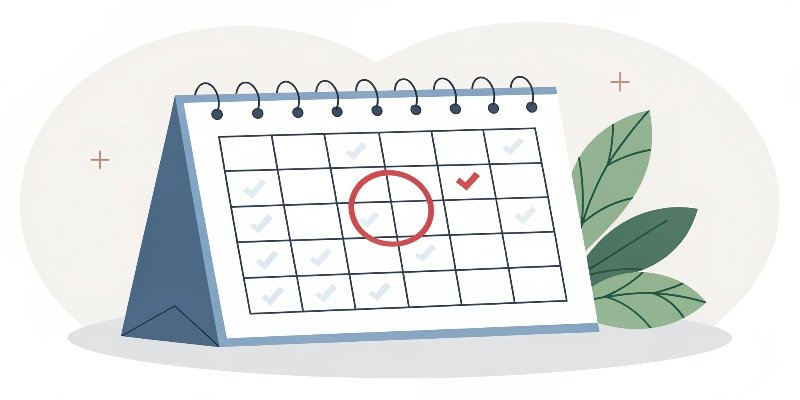
I always tell designers to build sample costs and timelines into their initial project plan. It is an investment, not just an expense. I once had a project with a very tight deadline for a holiday launch. We paid extra for an expedited production sample. It felt expensive at the time, but it allowed us to catch a small alignment issue with the foil stamping that would have ruined the entire run. That investment saved the whole project.
What Influences Sample Cost?
The price of your sample depends on several factors. A simple, unprinted box is the cheapest. As you add features, the cost goes up.
- Complexity: Intricate designs with multiple parts, custom inserts, or complex assembly require more labor and therefore cost more.
- Materials: Using premium or specialty papers, thick greyboard, or unique textures will increase the price compared to standard options.
- Printing & Finishes: A full-color, offset-printed sample with finishes like spot UV, embossing, or hot foil stamping is the most expensive because it requires setting up production machinery.
What Affects Sample Lead Time?
Time is also a key factor.
- Type of Sample: A structural sample is fastest, while a production-grade sample takes the longest due to machine setup and finishing processes.
- Supplier's Workload: During peak seasons, lead times can be longer. It's always good to ask your supplier about their current schedule.
- Shipping: Don't forget to account for shipping time, especially for international orders.
| Sample Type | Estimated Cost (USD) | Estimated Time |
|---|---|---|
| Structural Sample | $50 - $150 (often waived with order) | 3-7 business days |
| Digital Sample | $100 - $300 | 7-14 business days |
| Production Sample | $300 - $800+ | 14-25 business days |
How Can You Make the Most of Your Sample Order?
You have received your sample, but what should you do with it? Simply looking at it is not enough. Without a clear evaluation process, you might miss a critical flaw and approve a faulty design.
To maximize your sample's value, you need a detailed checklist. Test the product fit, assess material quality, review print colors with your proofs, and check all functional elements like magnets or lids.

In my experience, the biggest mistake designers make is not testing the sample in a real-world scenario. I once saw a designer approve a beautiful box, but when the client tried to insert their product, it was just a millimeter too tight. They had to scrap the design and start over. Always, always do a fit test with the actual product your box is meant to hold. Create a simple but thorough evaluation process to avoid this.
Your Sample Evaluation Checklist
Use this as a starting point to create your own comprehensive review process. Share it with your team and even your client to get multiple perspectives.
Structural Integrity
- Does the box hold its shape under light pressure?
- Are the corners sharp, and are the edges clean and well-wrapped?
- Does the lid fit snugly but open smoothly?
- Crucially: Does your product fit inside perfectly? Is it easy to insert and remove?
Material and Finish
- Does the paper stock feel like the quality you specified?
- Are laminations (matte/gloss) smooth and free of bubbles or peeling?
- Are special finishes like hot foil or embossing aligned correctly and cleanly applied?
Print Quality
- Are the colors accurate compared to your Pantone or CMYK proofs? (Check in natural light)
- Is all text sharp, crisp, and easy to read, even small print?
- Is the artwork aligned correctly, especially across folds and edges?
Functionality
- Do magnetic closures snap shut securely?
- Do ribbon pulls work correctly and feel strong?
- If there are inserts, do they hold the product firmly in place?
Conclusion
Ordering samples is a crucial step for creating custom rigid boxes. It protects your investment, ensures high quality, and turns your design vision into reality without any costly eleventh-hour surprises.

